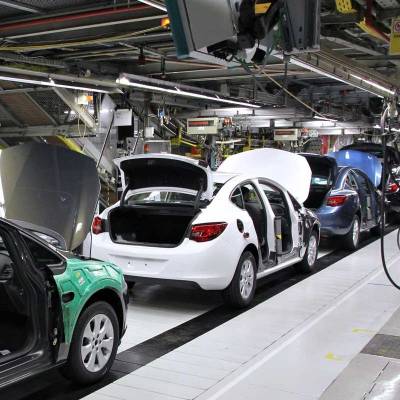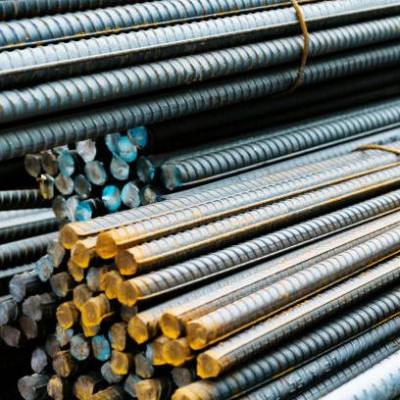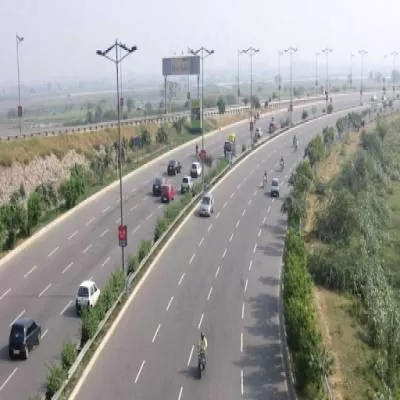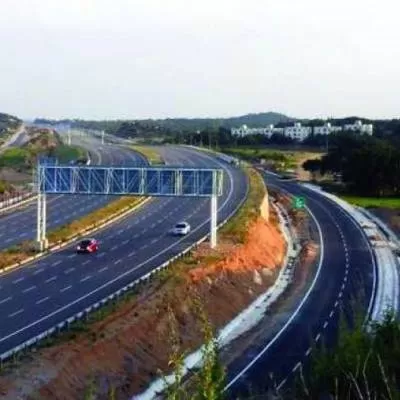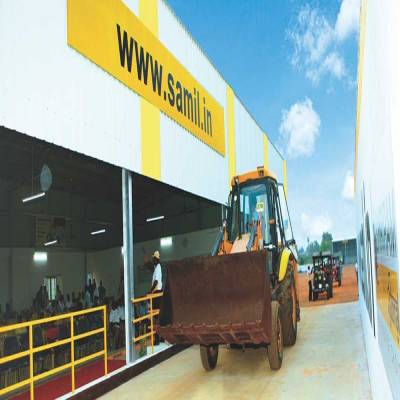- Home
- Infrastructure Transport
- ROADS & HIGHWAYS
- Construction of at least 800 km highways at risk this fiscal
Construction of at least 800 km highways at risk this fiscal
The appointed date is the de-facto starting date of a project, when the NHAI hands over its contract letter to a developer or concessionaire.
CRISIL Research analysed 40 HAM projects amounting to 1,913 km (over 55 per cent of total HAM awarding that year), awarded by NHAI in fiscal 2018. In all, 3,400 km of HAM projects were awarded last fiscal. Its analysis indicates that many have achieved financial closure but most are still awaiting appointed dates on account of delays in land acquisition or regulatory clearances.
The firm’s interactions with stakeholders indicate that land acquisition for most of the projects awarded is in the advanced stage but lenders will begin disbursements only after the mandatory 80 per cent land is at least at the 3G stage. Some projects could receive their appointed dates next month, while others are yet to achieve financial closure.
The situation with projects awarded under the engineering, procurement, construction (EPC) model is better than HAM. Typically, land acquisition is higher in EPC than HAM because the NHAI gets an additional 150 days’ buffer on account of time taken by developers for financial closure. A sample of EPC projects awarded last fiscal shows that 54 per cent have started execution.
Some projects in the advanced stages of execution are yet to receive the balance right of way, potentially affecting execution. In case 100 per cent of land is not provided on time, road developers have two options: await right of way from NHAI and execute projects once received or de-scope part of the project for which land is not available and adjust the project cost on a pro-rata basis. However, the outcome will depend on individual stretches and is finalised based on negotiations with NHAI.
Typically, NHAI pays annuity for a road stretch based on toll collections. However, in some cases, incomplete construction would mean no toll can be collected. In both cases, NHAI will have to pay annuity to developers, which would put pressure on its financial position. In the past couple of years, the regulator has increasingly depended on market borrowings.
CRISIL Research has lowered its execution forecast for the National Highways Authority of India (NHAI) projects for fiscal 2019 to 3,600-3,800 km from the earlier anticipated 4,300 km. The firm estimates around 800 km of execution is at risk this fiscal because many hybrid annuity model (HAM) projects are still awaiting appointed dates seven months after they were awarded. The appointed date is the de-facto starting date of a project, when the NHAI hands over its contract letter to a developer or concessionaire. CRISIL Research analysed 40 HAM projects amounting to 1,913 km (over 55 per cent of total HAM awarding that year), awarded by NHAI in fiscal 2018. In all, 3,400 km of HAM projects were awarded last fiscal. Its analysis indicates that many have achieved financial closure but most are still awaiting appointed dates on account of delays in land acquisition or regulatory clearances. The firm’s interactions with stakeholders indicate that land acquisition for most of the projects awarded is in the advanced stage but lenders will begin disbursements only after the mandatory 80 per cent land is at least at the 3G stage. Some projects could receive their appointed dates next month, while others are yet to achieve financial closure. The situation with projects awarded under the engineering, procurement, construction (EPC) model is better than HAM. Typically, land acquisition is higher in EPC than HAM because the NHAI gets an additional 150 days’ buffer on account of time taken by developers for financial closure. A sample of EPC projects awarded last fiscal shows that 54 per cent have started execution. Some projects in the advanced stages of execution are yet to receive the balance right of way, potentially affecting execution. In case 100 per cent of land is not provided on time, road developers have two options: await right of way from NHAI and execute projects once received or de-scope part of the project for which land is not available and adjust the project cost on a pro-rata basis. However, the outcome will depend on individual stretches and is finalised based on negotiations with NHAI. Typically, NHAI pays annuity for a road stretch based on toll collections. However, in some cases, incomplete construction would mean no toll can be collected. In both cases, NHAI will have to pay annuity to developers, which would put pressure on its financial position. In the past couple of years, the regulator has increasingly depended on market borrowings.


